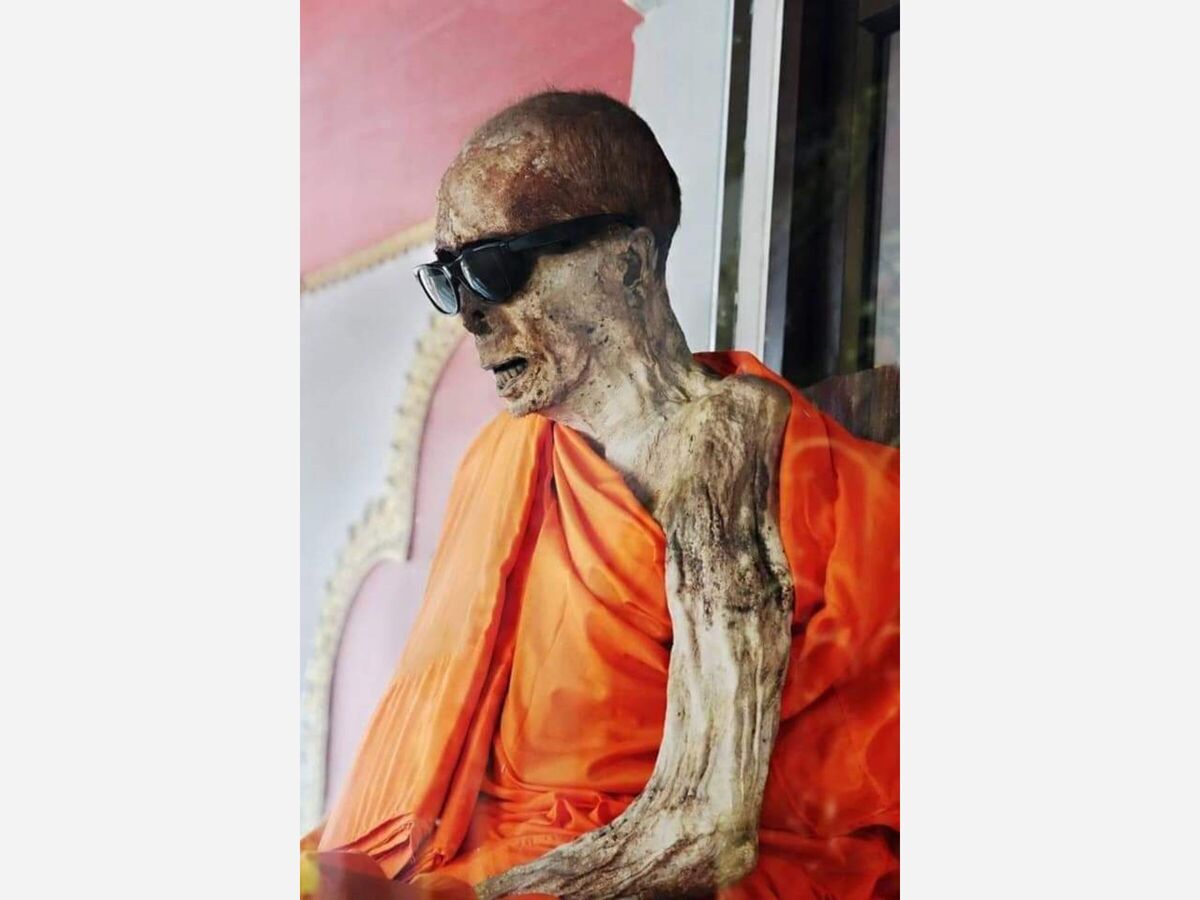Image

Monks who were members of the Shingon section of ancient Japan which they mummified themselves while still alive. This process is called Sokushinbutsu. The entire process can take anywhere from eight to ten years.
First, the monks would go on a strict diet called mokujikigyo, literally meaning, “eating a tree.” The special diet consists of whatever is predominantly found in the mountains, such as pine needles, seeds, nuts, and resin. During the mokujikigyo, they take part in a regimen involving rigorous physical activity. This controlled system stripped the monks of their body fat.
For another three years, they would continue to only eat bark and roots and begin drinking a poisonous tea made from the sap of the urushi tree, usually used to make lacquer bowls. This causes vomiting; making the body rapidly lose fluids. Also, it would kill maggots that caused the body to decay after death.
The final act of a dedicated monk would be to lock himself in a stone tomb in the lotus position.
The tomb had an air tube and a bell attached to it. The entombed monk would then ring the bell each day to signal that he was still alive. When the bell would cease to ring, it signals that the monk has died in a state of meditation chanting the nenbutsu (mantra about Buddha), and the air tube would be removed and the tomb sealed.
The monk’s body would be naturally preserved with skin and teeth intact without decay and with no need for artificial preservation. Many Buddhist Sokushinbutsu mummies have been found in northern Japan that are centuries old and are revered and venerated by many followers.
Sokushinbutsu was outlawed by the Japanese Government in the late 19th century.
Credit: Apotheosis of Knowledge